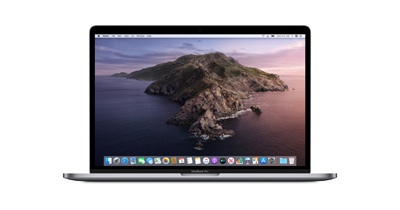

- #Can you set building blocks for windows on a mac how to#
- #Can you set building blocks for windows on a mac pro#
When the Glue By option is activated, the program may rotate an object, if this is necessary to place it in parallel to the wall. The top side can stick to the ceiling, and the bottom side sticks to the floor. The left, right, front and back sides can glue to walls. The Glue By set of options in the Inspector lets you select up to three object sides that will stick to the floor, ceiling or wall. Wardrobes are pre-programmed to snap the back side to a wall. When you add a lamp from the standard library, it automatically sticks to the ceiling or wall. The program takes this object characteristic into account. Most lamps hang from the ceiling or are affixed to a wall. Wardrobes and bookcases stay on the floor near a wall. For example, tables and chairs can be anywhere in the room but must be on the floor. The location of most of the objects in the room is pre-determined by their purpose. Object Location in Relation to the Walls, Floor and Ceiling Locking is useful when you need to move an object horizontally in the 3D view. The Elevation parameter can be locked or unlocked. To move an object vertically in the 3D view, press Cmd-Alt and drag the object with the mouse. In a multi-story building, the elevation of objects on each story is calculated from the level of the respective floor. Since the floor can also be elevated, the object's elevation is calculated from the floor with zero elevation. The Elevation parameter defines how high an object is placed in relation to the default floor level. The third button rotates the object by 180 degrees. The Flip tools let you flip an object horizontally or vertically. To rotate an object, use the Rotate tool in the Inspector or the rotation handle of the object's selection frame on the floor plan. The handles are not displayed when the object dimensions are locked. To resize an object on the floor plan directly, drag one of the handles on the object's selection frame. To resize the object proportionally, select the Maintain Aspect Ratio option. To resize an object, make sure that its dimensions are unlocked in the Inspector. The geometric properties of an object can be found in the Object Properties tab of the Inspector. Most of the object parameters are located in the Inspector where you can change the geometric properties, or set up how the object looks on the floor plan or in the 3D view. Properties of Building Blocks in the Inspector The "object" term is used to call Building Blocks in this part of the documentation. You can use this technique when you need to adjust the size and location of a texture on the surface of a shape. If you merge a Building Block with another object, the created object will have the Furniture type, the same as objects from the Shapes category of the library.
#Can you set building blocks for windows on a mac how to#
The Applying Materials section explains how to apply materials to objects. There is also an option to choose different types of the 2D Representation. The Properties of Objects in 2D section explains how to apply a stroke, fill or pattern to an object using the 2D Properties tab of the Inspector. Operations common for all object types are discussed in the Basics section. Double click in order to specify the position of the last corner of the polygon and deactivate the tool.īuilding Blocks can be used when you want to create a balcony floor, square column, horizontal beam, or a few steps. Click several times on the floor plan to add corners. To add a polygonal Building Block, activate the Block Poly tool. You should then move the cursor to a new position and release the button. Click and hold down the mouse button to start drawing a rectangle.

To add a rectangular Building Block, draw it on the floor plan using the Block Rect tool.
#Can you set building blocks for windows on a mac pro#
The functionality described in this section is only available in the Pro edition. You can also use the Tile Transform tools with Building Blocks which is not possible with most of the library objects.

Unlike library objects, you should draw a Building Block on the floor plan in order to create it. Nevertheless, there are two major differences. The Building Block is an object type that looks very similar to blocks from the Shapes section of the object library.


 0 kommentar(er)
0 kommentar(er)
